-webp.webp)
Uncovering Temple of Abu Simbel Facts: History, Relocation, and Mysteries
Carved into a mountain deep in the Nubian sands, west of the Nile River, was a story of ambition, resilience, and power. This is the tale of Abu Simbel, one of Egypt’s most iconic temples, commissioned by the warrior pharaoh Ramses II. A ruler determined to immortalize his legacy, Ramses faced fierce enemies to the south, vast construction challenges, and the unforgiving desert. Today, the Temple of Abu Simbel facts remain the testimony to his genius and determination. With Respect Egypt Tours, let us take you through its creation, survival, and the enigmas that remain to this day.
Introduction to Abu Simbel Temple of Ramesses II

Abu Simbel is more than just a temple; it is state supremacy, a love symbol, and a piece of genius from ancient times. Ramses II carved the twin temples of Abu Simbel into the sandstone cliffs of the Nubian region. He did this to project his power to his southern neighbors, and to honor the gods and his queen, Nefertari.
Who Built the Temple?
The Temple of Abu Simbel, more commonly known simply as Abu Simbel, was constructed by Ramses II, the great warrior pharaoh, who sought to leave his mark on Egypt. What Ramses had in mind was not only a house of worship but also a monstrous temple commemorating his victorious military campaigns and his claimed divine ancestry.
The enormous statues of Ramses II on the façade were intended to intimidate Egypt’s southern enemies, the Nubians. They served as a reminder of Egypt’s power.
When Was Abu Simbel Built?
Construction began around 1264 BCE, during the reign of Ramses II of the New Kingdom, and lasted for 20 years. The Egyptians built everything in this temple, from its direction to its intricate carvings, with a purpose—to signify the power and cultural refinement of Egypt.
Historical Background

The story of Abu Simbel cannot be told without the life of Ramses II himself, a balance of military might, architectural brilliance, and political strategy.
Overview of His Life
Ramses II was larger than life. He was a military tactician, leader, and builder of legacies. Before he envisioned Abu Simbel, Ramses had already won crucial battles, such as the Battle of Kadesh, and had signed one of the world’s earliest peace treaties.
Abu Simbel was a symbol of the Pharaoh’s desire to immortalize his reign in stone, where he played a dual role of protector and provider for his people.
Ramses as a Warrior Pharaoh
Ramses II had to confront constant skirmishes with the Nubian tribesmen. These enemies disrupted trade along the Nile, thus threatening the wealth and stability of Egypt. To neutralize the threat, Ramses waged military campaigns in Nubia and secured the region through decisive victories.
Abu Simbel was built to remind the Nubians of Egypt’s supremacy. The colossal statues of Ramses entering the temple are eternal sentinels, glaring southward to warn any potential challenger.
Role of Queen Nefertari
Among all the grandeur of war and politics, the personal life of Ramses II has a softer contrast. Nefertari, his chief queen, was more than just a consort; she was a confidante and a symbol of love. Ramses at Abu Simbel, dedicated to her the Small Temple-a very rare honor, showing the importance she had in his life.
The Temple of Nefertari at Abu Simbel
The Temple of Nefertari, also known as the Temple of Hathor, celebrates the queen as an equal to Ramses. Its intricate carvings depict her as a goddess-like figure worshipping alongside her husband. These depictions are not only artistic marvels but also political statements, illustrating the Pharaoh’s respect for Nefertari’s influence.
The Solar Phenomenon
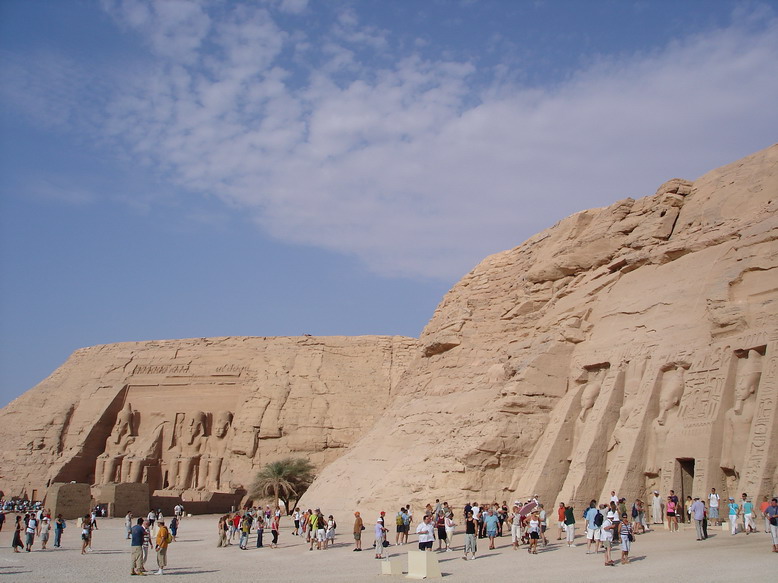
The Temple of Abu Simbel is something more than a monument; it is an astronomical wonder. The sun shines through the temple’s sanctuary on February 22nd and October 22nd each year, illuminating the statues of Ramses II, Ra-Horakhty, and Amun. Ptah, the god of the underworld, however, remains in the darkness.
This was no accident in terms of solar alignment. It underlines associating Ramses with the divinity and the advanced understanding of Egypt in astronomy.
Celebrate Culture: Abu Simbel Sun Festival October 2025
Witness this phenomenal celestial event at the Abu Simbel Sun Festival with Respect Egypt Tours. Experience the fusion of culture, history, and natural wonder as Respect Egypt Tours serenades you with traditional music, dance, and festivities. Learn more about the festival here.
The Relocation of Abu Simbel
The creation of the Aswan High Dam in the 1960s posed a grave threat to Abu Simbel, as rising waters from Lake Nasser would have submerged it. The international community, led by UNESCO, launched a historic campaign to save the temples.
In a daring feat, the temples were cut into 20-ton blocks and reassembled 65 meters higher on an artificial hill. The process, which took four years, preserved Abu Simbel for future generations—a testament to modern engineering and global cooperation.
Facts About the Temples of Abu Simbel
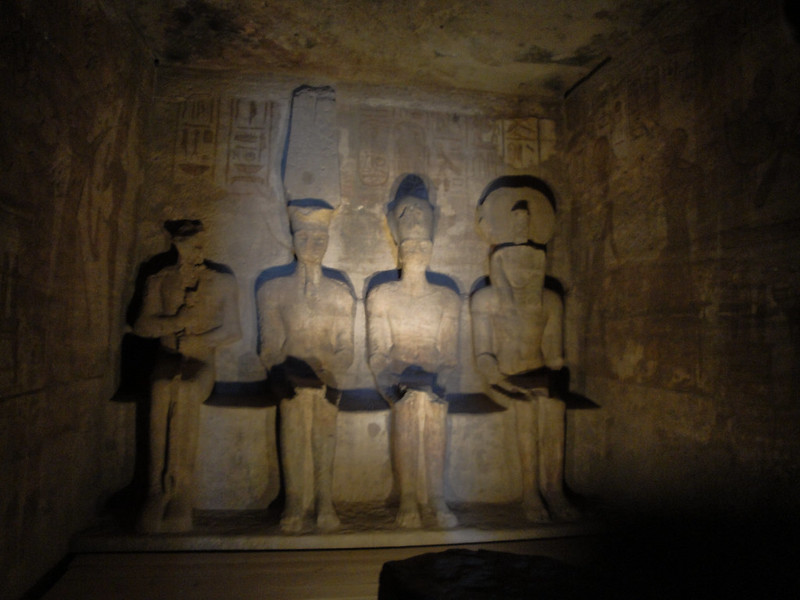
The Temple of Abu Simbel Facts are rich with fascinating details, blending history, art, and symbolism. Here are some compelling facts that make these monuments a must-see destination:
- Colossal Facades:
The Great Temple’s façade features four seated statues of Ramses II, each towering over 20 meters (65 feet). The statues’ massive size was meant to convey the pharaoh’s immense power and divine status.
- Astronomical Precision:
The temples were oriented to align with the sun’s movement; this occurs twice a year when the sun reaches the innermost sanctuary, signifying the eternal link between Ramses II and the gods.
- Dual Temples:
The Great Temple honors Amun, Ra-Horakhty, Ptah, and Ramses himself. In contrast, the Small Temple is dedicated to Hathor and Queen Nefertari, one of the few temples built in honor of a royal consort.
- Historic Inscriptions:
The temple walls feature reliefs depicting Ramses II’s military triumphs, including the renowned Battle of Kadesh. These are alongside scenes of religious ceremonies and offerings made to the gods.
- Block moved to engineer Marvel of Modern Times:
The complex at Abu Simbel block in the 1960s to prevent its flooding with the rise of Lake Nasser.
Visiting Abu Simbel is like stepping into an ancient epic, with each carving and statue telling a piece of a much larger story.
Our Tours to Abu Simbel Temples

Respect Egypt Tours offers expertly curated trips to Abu Simbel, ensuring you experience these majestic temples in all their glory.
Abu Simbel Day Trip from Aswan
For travelers short on time, this day trip is the perfect way to explore Abu Simbel. Start your journey in Aswan and travel comfortably to the temples with a professional guide who will bring the stories of Ramses II to life. Marvel at the grandeur of the Great and Small Temples, learn about their history, and soak in the scenic beauty of Lake Nasser before returning to Aswan.
- Ideal for: Travelers on tight schedules.
- Highlights: Guided exploration of the temples and a deeper understanding of their cultural and historical significance.
Aswan to Luxor Cruise: 4-Day to Aswan with Abu Simbel Tour
Combine luxury and exploration on this four-day cruise that takes you from Aswan to Luxor, with a dedicated stop at Abu Simbel. Imagine gliding down the Nile, visiting Egypt’s most famous sites along the way, and culminating your journey with the awe-inspiring Abu Simbel temples.
- Ideal for: Travelers seeking a mix of relaxation and adventure.
- Highlights: Luxurious accommodations, guided tours, and breathtaking views of the Nile.
Egypt Itinerary 7 Days in Cairo and Upper Egypt
This week-long package is perfect for those who want to experience the best of Egypt in one trip. From Cairo’s Pyramids of Giza to Luxor’s Valley of the Kings and finally Abu Simbel, this itinerary covers it all. Enjoy the expert guidance of local historians as you explore Egypt’s most iconic landmarks.
- Ideal for: First-time visitors or travelers seeking a complete Egyptian experience.
- Highlights: Pyramids of Giza, Abu Simbel, and the majestic temples of Luxor and Aswan.
8-Day Luxurious Journey: Luxor Cruise to Aswan
For travelers seeking the ultimate in luxury, this eight-day journey combines comfort with discovery. Cruise the Nile in style, enjoy world-class amenities, and visit iconic sites, including the Temples of Abu Simbel. With every detail handled by Respect Egypt Tours, all you need to do is relax and take in the wonders of ancient Egypt.
- Ideal for: Travelers who want an immersive and upscale experience.
- Highlights: Private tours, fine dining, and visits to Egypt’s most breathtaking historical sites.
Conclusion
The Temple of Abu Simbel Facts is not just a monument—it’s a testament to human ingenuity, resilience, and the enduring legacy of Ramses II. From its colossal statues and intricate carvings to its fascinating solar alignment, Abu Simbel is a site that continues to inspire awe. Whether you’re drawn to its history, its architecture, or its epic relocation story, Abu Simbel is a must-see destination for anyone visiting Egypt.
With Respect Egypt Tours, you don’t just visit Abu Simbel—you experience it. Our expertly crafted tours offer unique insights into the temples’ history and the stories behind their creation. Whether you’re short on time or seeking a luxurious journey, we have the perfect itinerary for you.

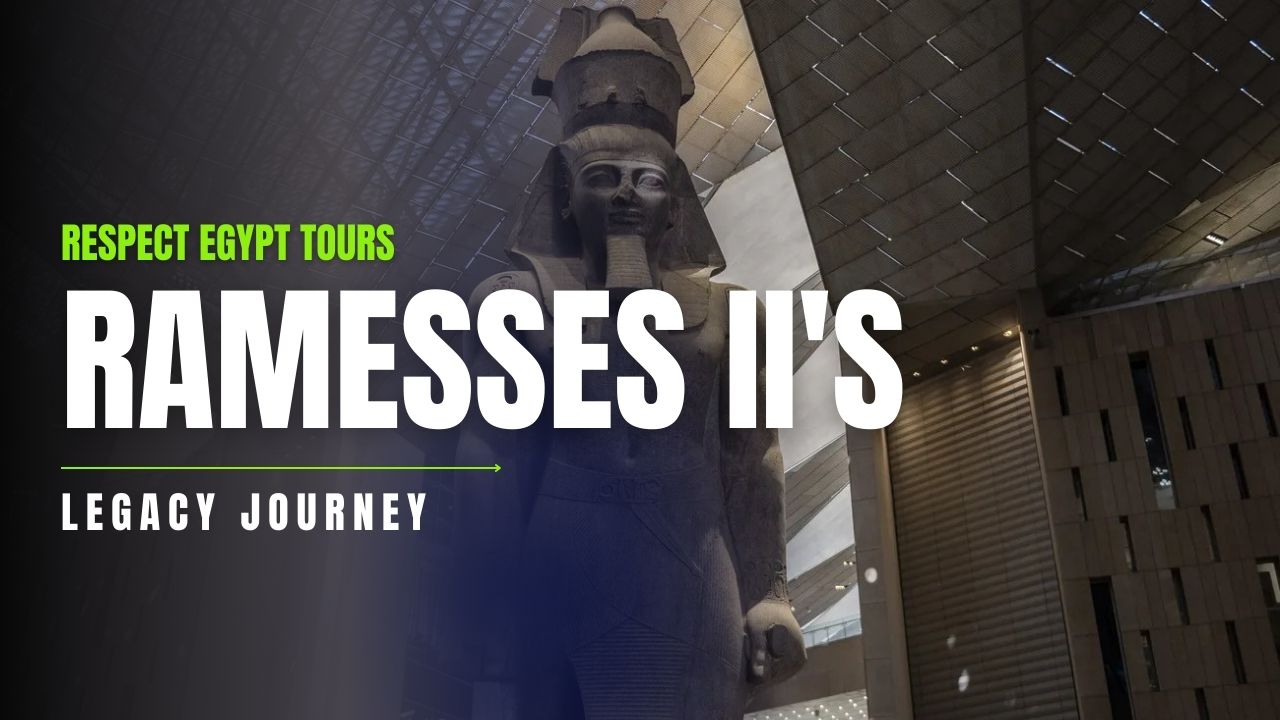














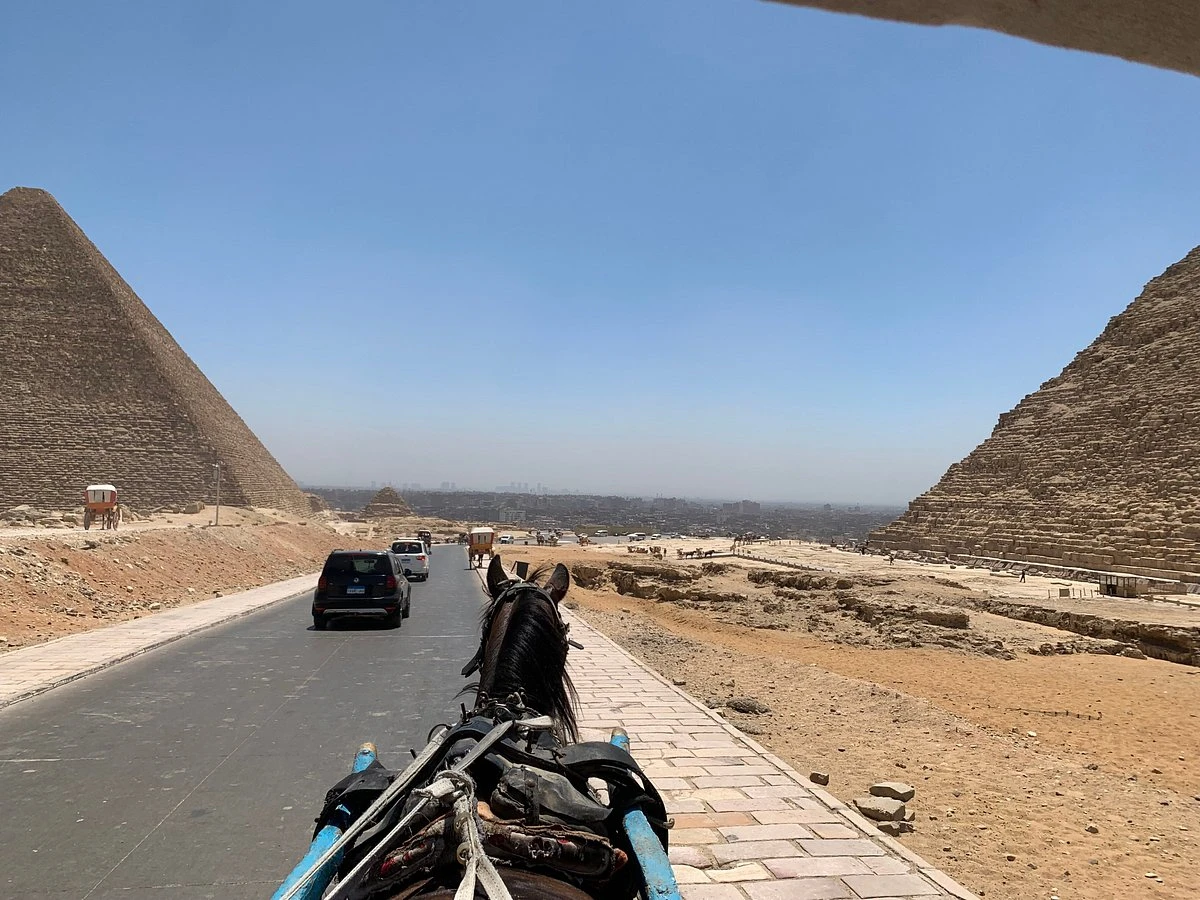
-webp.webp)


-webp.webp)

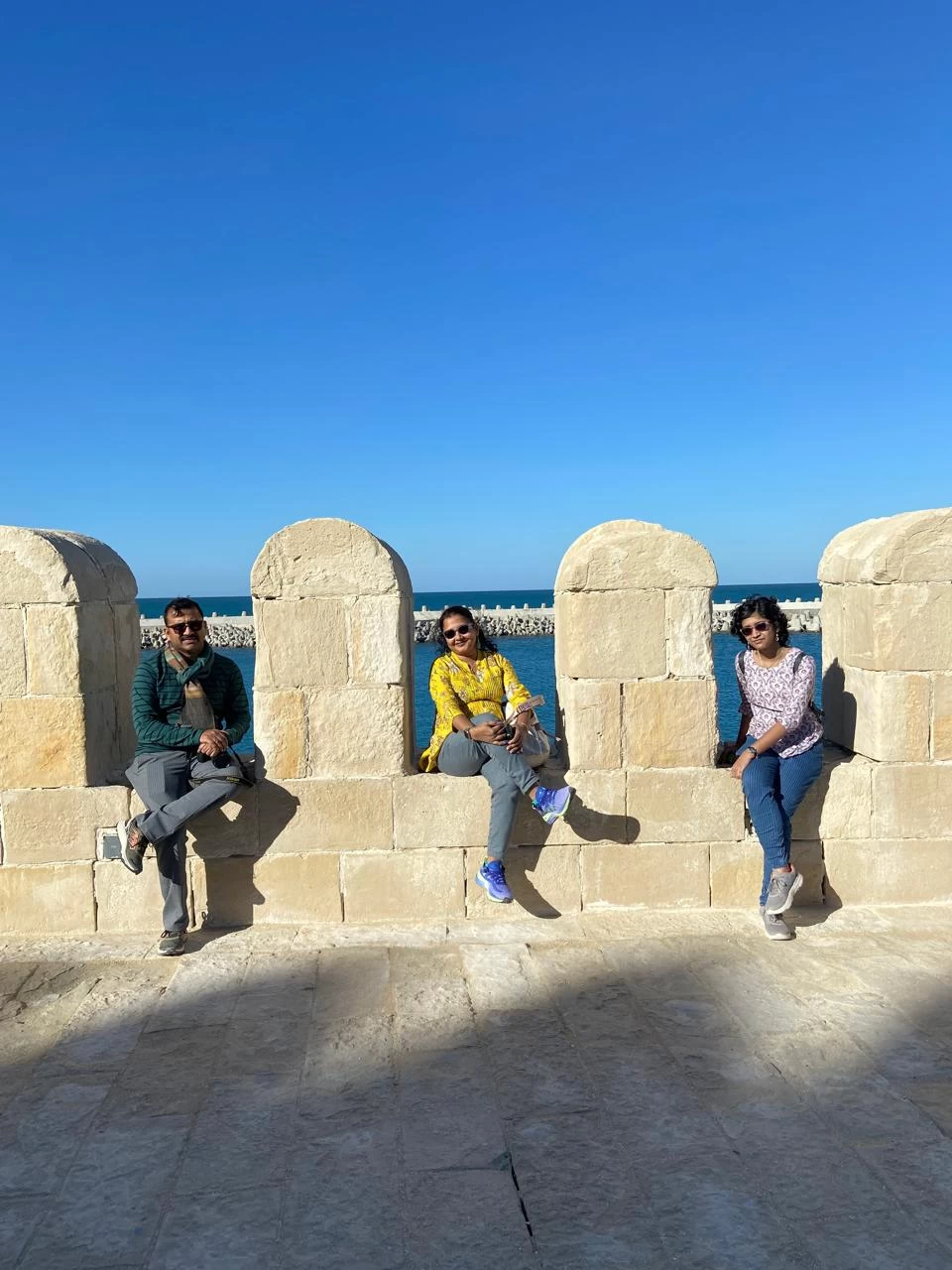


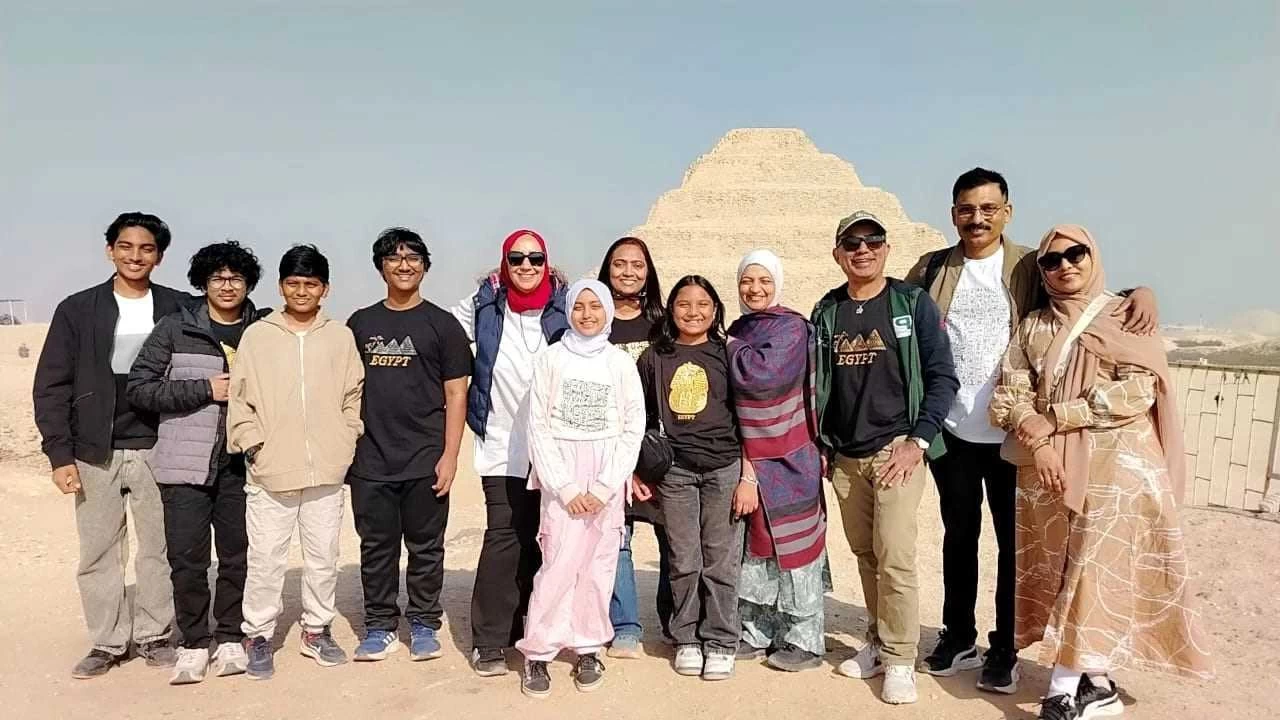
-webp.webp)
-webp.webp)
-webp.webp)
-webp.webp)
-webp.webp)
-webp.webp)
-webp.webp)

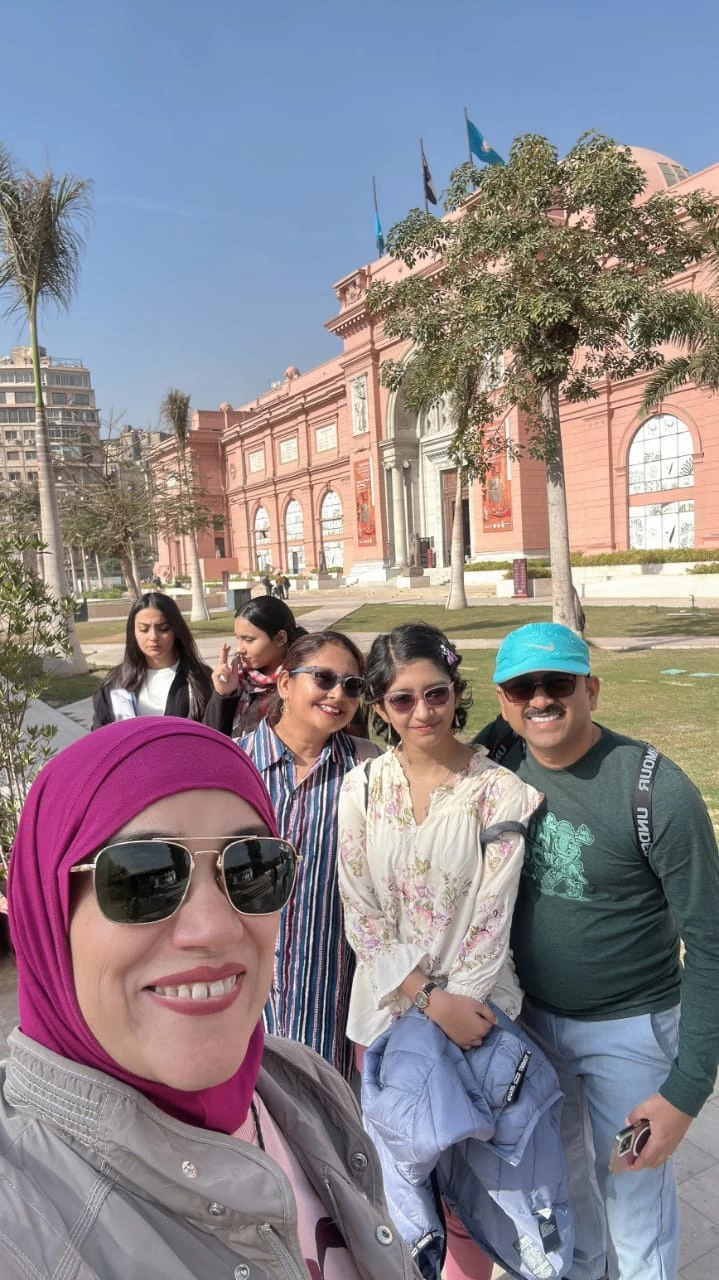
-webp.webp)
-webp.webp)

-webp.webp)
-webp.webp)
-webp.webp)
-webp.webp)
-webp.webp)
-webp.webp)



-webp.webp)

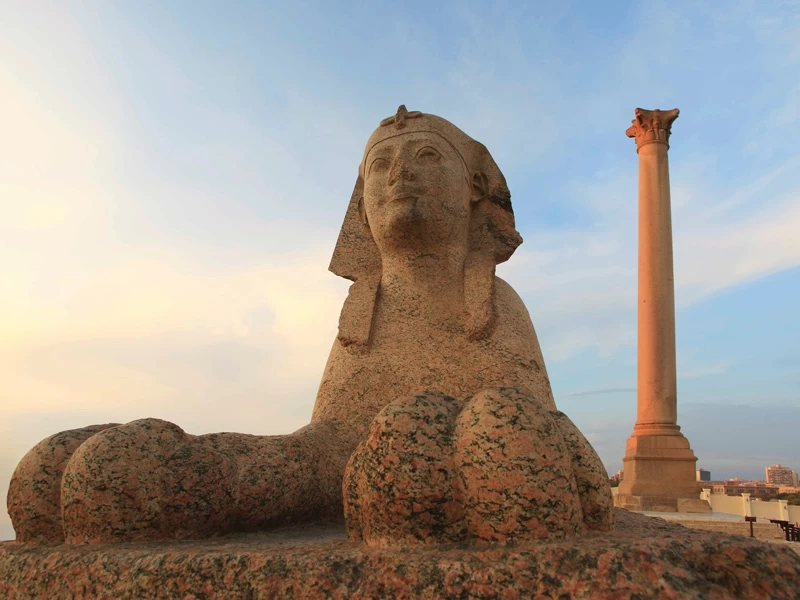




-webp.webp)
-webp.webp)










.png)

